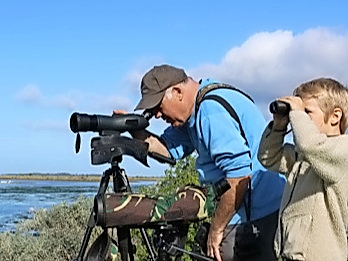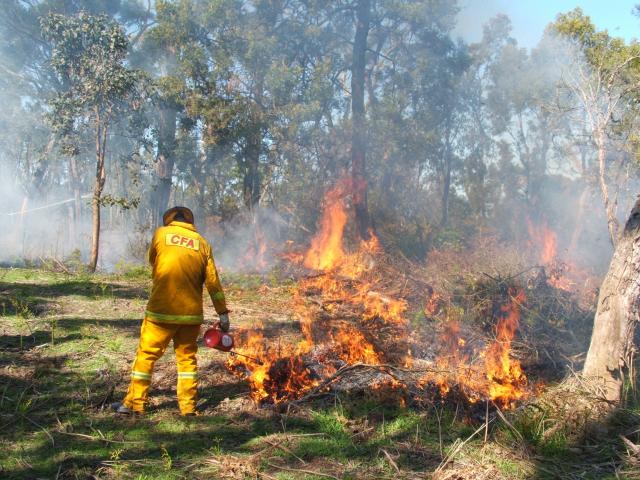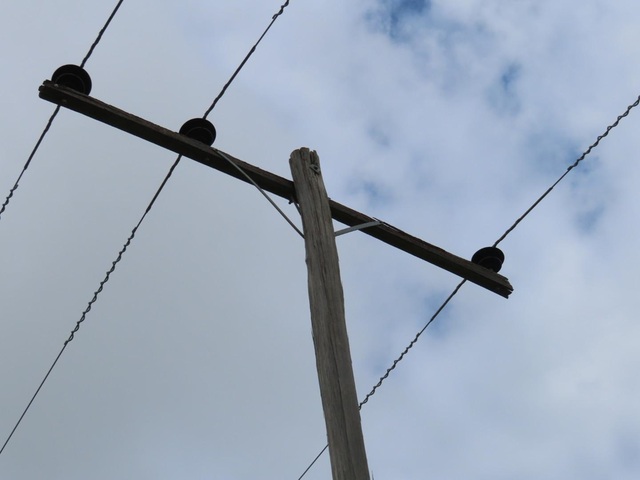Bird watchers have grabbed their binoculars for the presumptive launch of an interpretive sign in Altona that will help people identify resident birds and species from as far as Siberia.
The sign will be installed at Doug Grant Reserve later this year as part of Hobsons Bay’s mayoral program.
The municpality’s coastal areas support more than 1 per cent of the world’s red-necked stint, chestnut teal and pacific gull populations.
There are five significant bird-watching areas: Altona Coastal Park, Paisley Challis Wetlands, Rifle Range, Sandy Point and Truganina Parklands in Altona. Hobsons Bay mayor Sandra Wilson said the sign would remind people of the importance of preserving wetland habitats.
“Birds can be a barometer of environmental change and it is important to make sure our actions are not having a detrimental impact,” she said.
Late last year, hundreds of short-tailed shearwaters, or mutton birds, washed up on Hobsons Bay’s shores, dead from exhaustion or malnourished because of plastic in their stomachs.
Department of Environment and Primary Industries senior biodiversity officer Mandy Watson said shearwaters came in their thousands from feeding grounds off Alaska and Siberia.
“Depending on available feed during the northern summer, birds may arrive underweight and exhausted,’’ she said.
‘‘This can result in dead or dying birds washing ashore in large numbers right along Victoria’s coastline.
‘‘Bad weather during their long flight can also increase the risk.
‘‘Stormy weather and strong winds make it difficult for birds if they are already in poor condition from the long migration and this can be enough to cause their death.”







